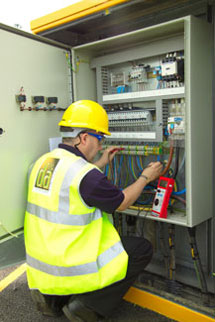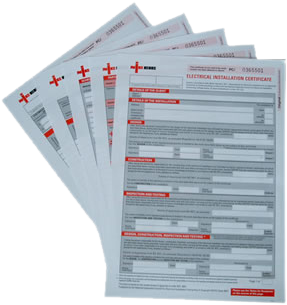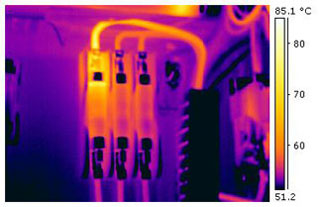|
|
| Electrical Testing and Inspection |
 |
Workplace safety is a tightly legislated area, with ever more stringent regulations requiring that all electrical equipment used in, or associated with, places of work be maintained to prevent the risk of accidents. This covers the building's wiring circuits, infrastructure, and any fixed or portable electrical equipment and appliances. Yet many companies either fail to carry out adequate testing or worse, carry out no testing at all.
The main statutory regulations are:
- Electricity At Work Regulations 1989 (EAWR)
- The Provision and Use of Work Equipment Regulations 1998 (PUWER)
- The Health and Safety at work act 1974
With most insurance companies now insisting on documented evidence of regular monitoring of systems and equipment, we provide a comprehensive range of testing and reporting services that enable a pro-active approach to maintaining a safe working environment, a traceable, legislation-friendly approach that provides complete accountability and leaves you free to concentrate on your job while we keep you updated and informed. |
As an NICEIC approved contractor we will carry out periodic inspection testing on any existing installation for compliance with British Standard BS7671 (17th edition)(IEE Wiring Regulations), issue a periodic inspection report certificate, and where any departures to BS7671 are recorded, recommend appropriate action and/or remedial work.
Portable Appliance Testing (PAT Testing)
D & A Systems offers a simple and cost effective solution, enabling all companies to comply with their legal obligations. A suitably qualified engineer carries out the testing to meet the current IEE codes of practice for ‘in service’ inspections and testing of electrical equipment. We use the latest computerised test equipment and software which will enable us to produce asset registers detailing all tests performed with results and next due dates.
|
 |
 |
Thermography
A localised ‘hotspot’ in an electrical installation can lead to expensive breakdowns or become a serious fire risk. Infrared thermal imaging is an invaluable method of locating these inaccessible, hidden faults quickly and efficiently, many of which are not detectable using conventional methods of testing. Using sophisticated thermal imaging equipment, we can provide a thermal survey of plant and systems, usually while equipment and systems are in an ‘on load’ condition. The results are then downloaded for storage and further detailed expert analysis. Thermal imaging is a cost-effective, non-contact method of determining the heat distribution on the surface of objects and will highlight any hotspots that may indicate developing problems such as loose or corroded connections. |
|
|
|
|
|